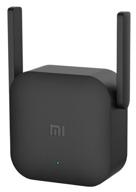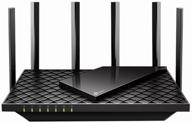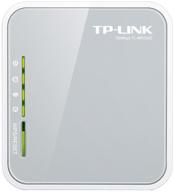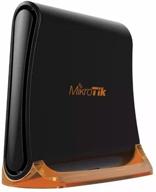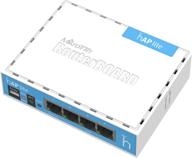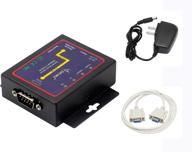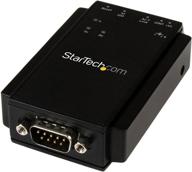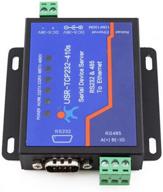- LAN ports total 3 (1 WAN port, 5th OUT) complicated setup weak transmitter
- Excellent router, very flexible and wide settings. Two WiFi bands 2.4 and 5 GHz can work simultaneously. Support for many models of 3G/4G modems. Compact size, with a powerful processor Atheros QCA9531, 650 MHz. RouterOS License L4, with the ability to connect up to 200 users. A small price to pay for the richest networking capabilities. No protruding antennas.
- It would be possible to make the On / Off button, but the designers know better.
- Set and forget. Compact. Works in two ranges at the same time. Good signal strength even without an external antenna. Rectangular (easy to hide)
- Cheap, compact, functional
- At high load, connections (5Ghz) fall down.
- I have been using the router for about 5 years, compared to other Wi-Fi routers, the signal is just heaven and earth. There are no complaints about the stability of work. RouterOS allows you to configure very cool options, for example, set bandwidth restrictions on some poppy address, or prohibit traffic on some IP.
- RouterOS is intimidating at first, but YouTube is full of video tutorials.
- Amazing box for a very modest price! All Mikrotik products, despite the different hardware inside, work under the same RouterOS, which is nothing more than an almost full-fledged Linux. Opportunities are just darkness, hence the main drawback, described below. A very good signal coverage area, despite the fact that the antennas are internal. It is possible to connect a 4G modem to a USB port (port 2.0, do not expect special speeds) or a flash drive / external hard drive (the hard drive must be with its own separate power supply, because the box simply won’t pull it out) and make a small router out of home network storage or exchange network folder (it is better to format a flash drive / hard drive in the ext3 file system). It seems to me that the router will perfectly understand the connection of several devices via a USB hub, although I have not tried this option.
- For fans, pressing two or three buttons to fully configure the device is not suitable. Here you need to either understand the basic principles of setting up a network in Linux and then you won’t have to poke around for a very long time, or read manuals, watch videos on YouTube. For an amateur, you will need a maximum of 2-3% of the capabilities of the operating system.
- stable router
- -PoE -RouterOS - Dimensions
- - 100Mbps ports in 2022, in a device for that kind of money? - Internal antennas - 1 antenna for 5Ghz (also internal), respectively, the signal is weak. - Overpriced
- Good Wi-Fi, for a device without an external antenna. Depth and breadth of settings, you can do literally anything, up to a get-request on a schedule. Good documentation on the wiki page, easy enough to figure out even for a beginner with RouterOS
- As an out-of-the-box solution, it would probably be a bad option - the setup is far from trivial. If you are not an IT specialist and do not plan to become one, it would probably be better to stay with more traditional manufacturers.
- Brilliantly made
- Not everything is as good as it says
- Few competitors
- Infinitely slow
- Complete kit
- Older model
- An absolute legend
- Bothers me
- Pleasing
- There are cons







